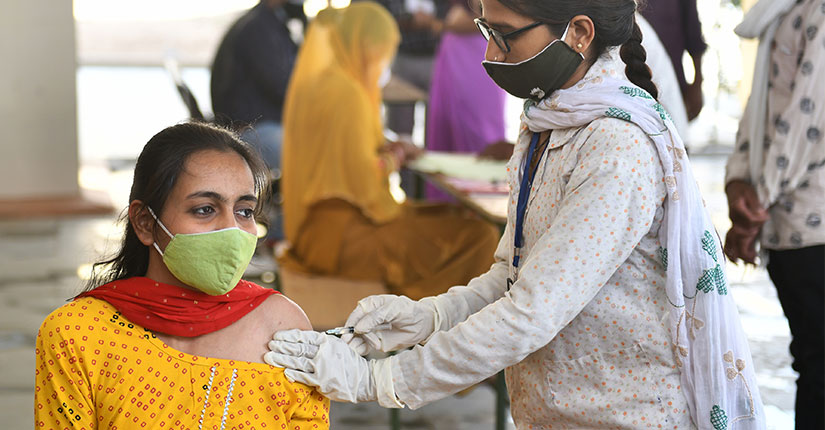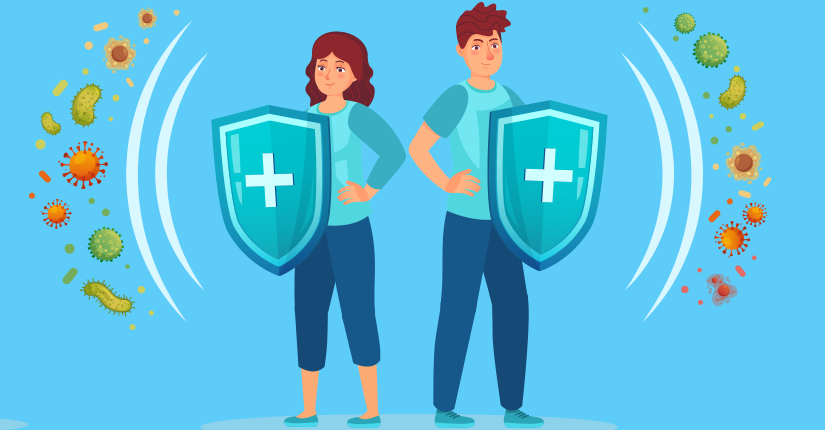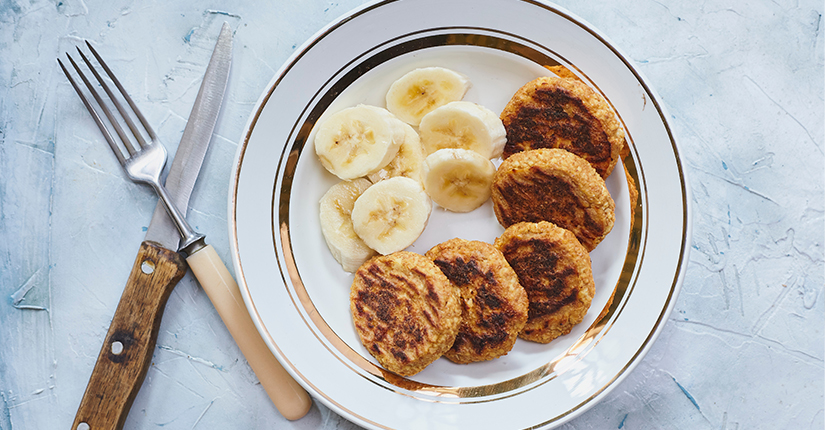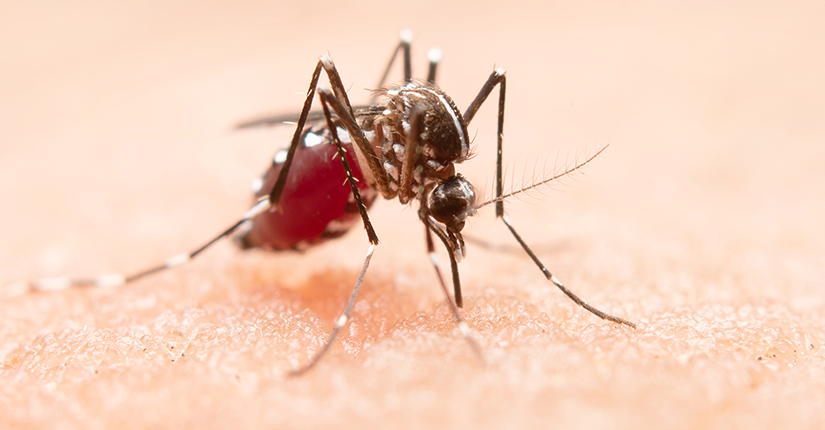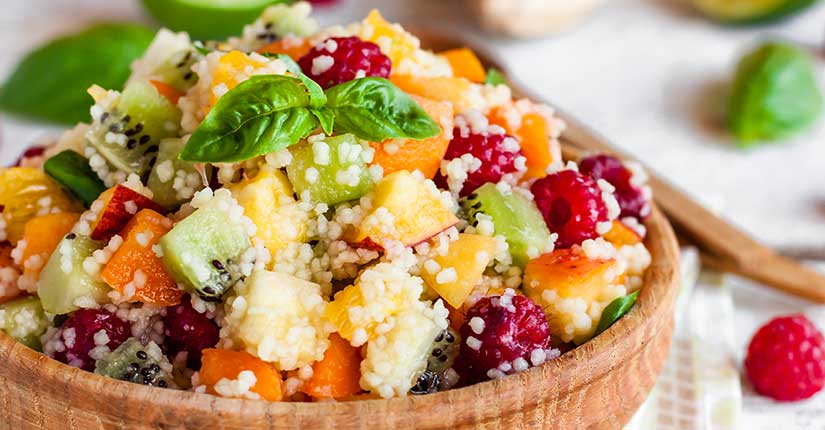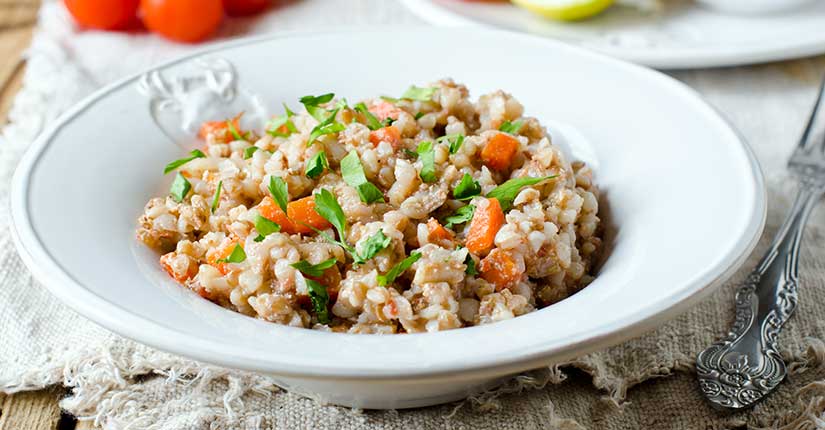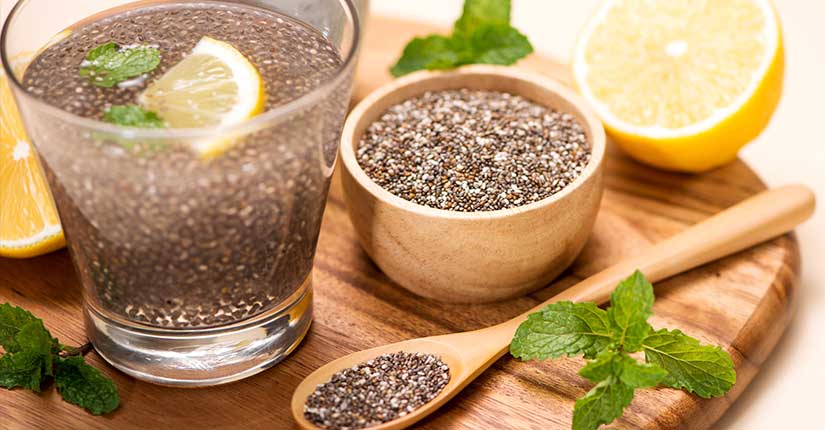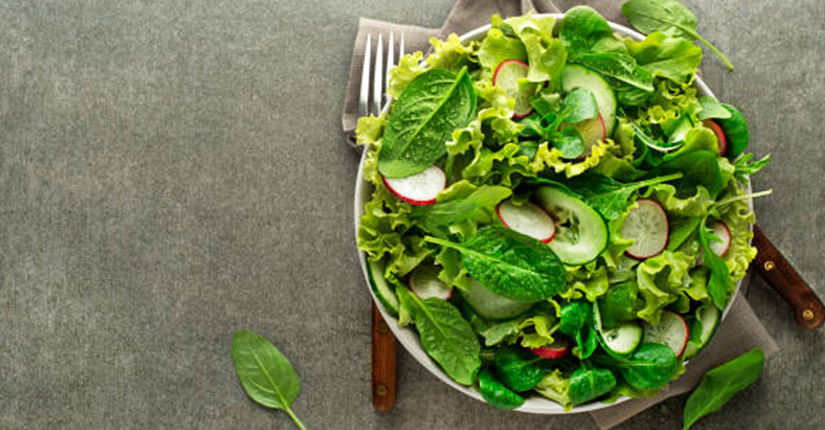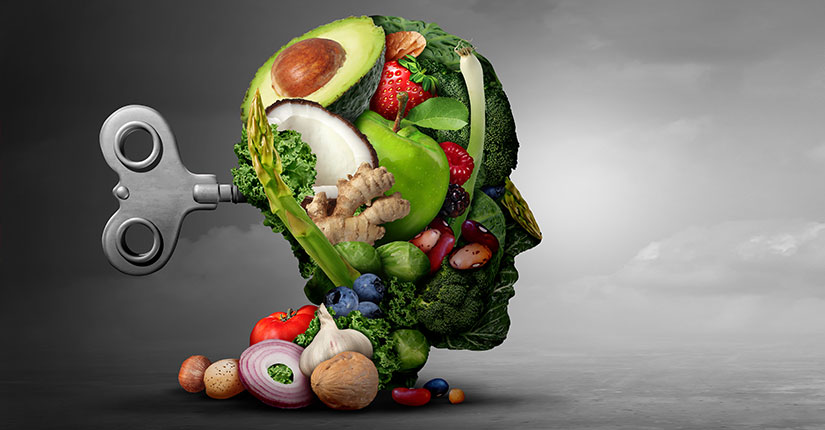Decoding sugar content in fruits
By Nmami Agarwal 30-Jan 2020 Reading Time: 4 Mins
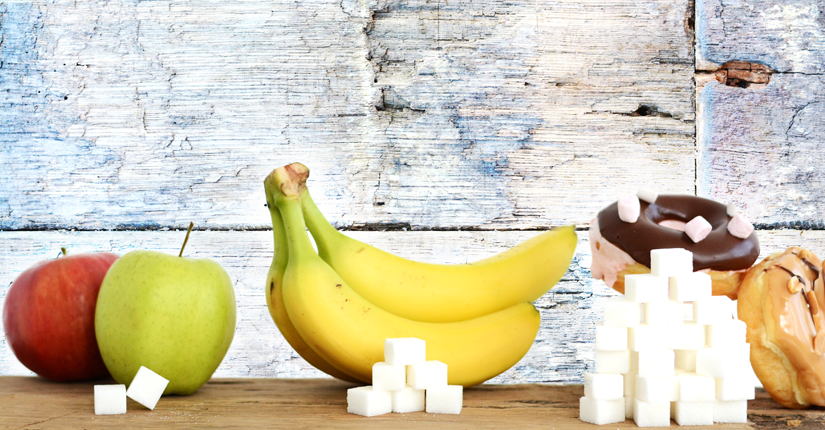
Fruits are universally promoted as healthy. They are a diverse group of plant foods that vary greatly in content of energy and nutrients. They are rich in vitamins, minerals and phytochemicals that function as antioxidants and anti-inflammatory agents. Additionally, fruits contain dietary fiber and fiber intake is linked to lower incidence of metabolic conditions like cardiovascular disease, high blood pressure and obesity.
The natural sugar present in fruits is mainly in the form of ‘Fructose’, which is broken down to glucose and sucrose in our body. Apart from this fruits may contain a combination of different types of sugar such as apples, which contain 6% fructose and 3% sucrose; pears are 6.5% fructose and 1.3% sucrose. Dried fruits contain more sugar than the fresh ones such as dates, which contain up to 48.5% sucrose. This makes them great as a replacement for table sugar.
However, consuming more than the recommended daily allowance of fruit may add too much natural sugar to the diet. Since fruits have high simple sugar content, such as sucrose, fructose and glucose. The overconsumption of simple sugars could be one of the main causes of obesity and related diseases, therefore consuming fruits more than the recommended amounts can prove to be counterproductive.
The right amount of fruit that should be consumed is different for every individual and depends on a person’s age, medical history and physical activity pattern. People who exercise for more than 30 minutes a day can consume more fruits than people with sedentary activity level. As per Indian council of medical research (ICMR), at least 400grams (5 portions), of both fruits and vegetables per day should be consumed in the diet by an individual. However for diabetics, natural sugars present in fruits may increase their blood glucose levels. Hence, they should consider the Glycemic index of fruits. The glycemic index (GI) tells you how quickly foods containing carbohydrates (or different forms of sugars) can affect your blood sugar level. Fruits have varying values on the glycemic index which depicts how quickly or slowly the sugar is released into the bloodstream. Many fruits are low on the glycemic index such as apple, oranges, papaya, peaches and pear. Although, in case of consuming low GI fruits also the quantity plays a key role and should always be taken into consideration.
Consuming fruits is an essential part of taking a well-balanced diet as it contributes to vitamin, mineral and fibre intake. They should be incorporated in different varieties and colors. Eating whole fruits rather than processed or dried ones will keep a check on the consumption of natural sugars also.
Over to you
Try and include at least 1 whole fruit daily. You can eat fruit as a snack in between meals or before going for a workout. Dried fruits like dates or figs can be taken in small quantities to satisfy sweet cravings.

